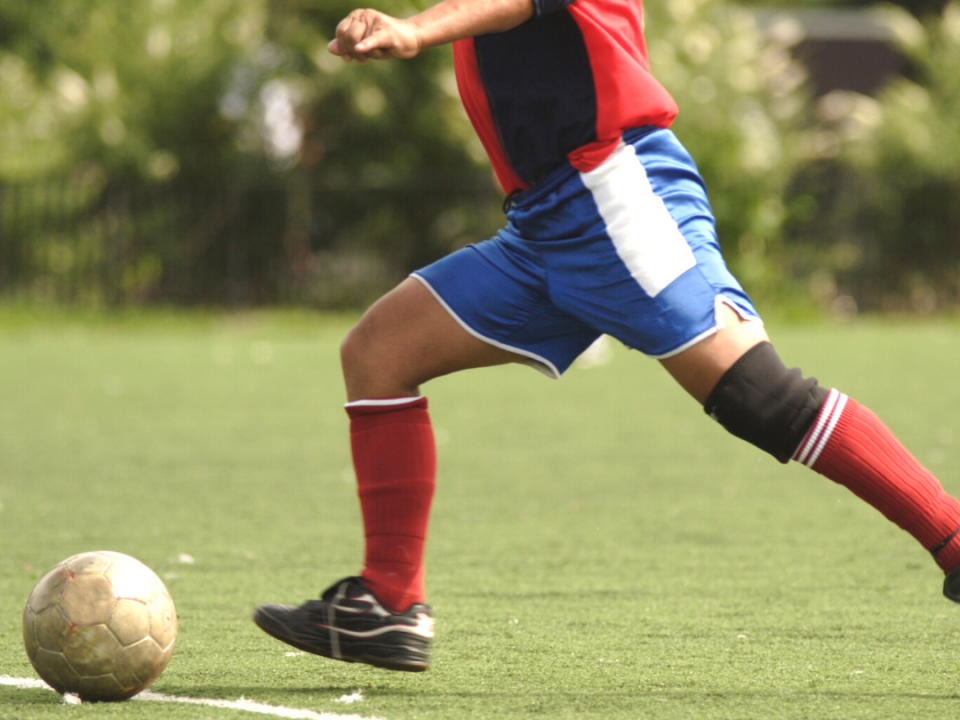
Triceps Tendon Tears — A Rare But Serious Injury
March 18, 2010
New Treatments for Hip Pain
April 2, 2010Power forward Blake Griffin, the number #1 NBA draft pick and consensus college player of the year, has suffered a fracture of his kneecap (patella) which will require season-ending surgery – a tremendous setback for the LA Clippers who have been hoping that Griffin will be one of the key pieces to a brighter future. The fractured kneecap will require surgical repair and rehabilitation that will likely require four months or more before Griffin can return to competitive play.
The patella is the critical bone that links the quadriceps muscles of the thigh with the lower leg (tibia). It functions like a lever arm for the quadriceps muscle and is critically important in preserving the strength required for athletes to extend the leg, run, and jump. The patella is typically fractured by direct trauma to the front of the knee. While the severity of the injury is certainly variable, many of these fractures can gap or “displace,” disrupting the continuity between the quadriceps muscle and the tibia (“extensor mechanism’). Athletes will complain of tenderness in the front of the knee and often have swelling and bruising in the area. The bleeding from the fracture ends of the bone often causes significant swelling of the knee and is often painful. Sometimes, aspiration, or removal of this blood, can make athletes significantly more comfortable in the acute setting. With displaced fractures, the athlete may not be able to perform a straight leg raise or extend the knee due to loss of continuity of the “extensor mechanism.” Plain x-rays with multiple views are helpful to confirm the diagnosis as well as define the fracture pattern and severity of displacement.
If the fracture is minimally displaced and the extensor mechanism is not disrupted, patella fractures can be treated nonoperatively. The leg is held in extension in a brace or cast until the fracture begins to heal. Range of motion and strengthening exercises follow to get the athlete completely ready for competition sports. For displaced fractures, however, surgery is usually necessary. This is critical to both (i) restore the continuity of the extensor mechanism, and (ii) restore the alignment of the articular surface of the kneecap, so that a large “step-off” does not persist and increase the risk of arthritis. The surgical technique may require a variable combination of screws and wires and is dependent upon the fracture pattern and displacement. Regardless of surgical approach, however, the common goal is successful healing of a well-aligned patella fracture that restores full, pain-free function to the knee.
We wish Blake Griffin all the best and hope he achieves a speedy recovery. He is certainly a remarkable talent that the NBA and its fans will hope to enjoy for years to come. If you suspect that you have a patella fracture, it is critical to seek the urgent consultation of your local orthopaedic surgeon for appropriate care.




